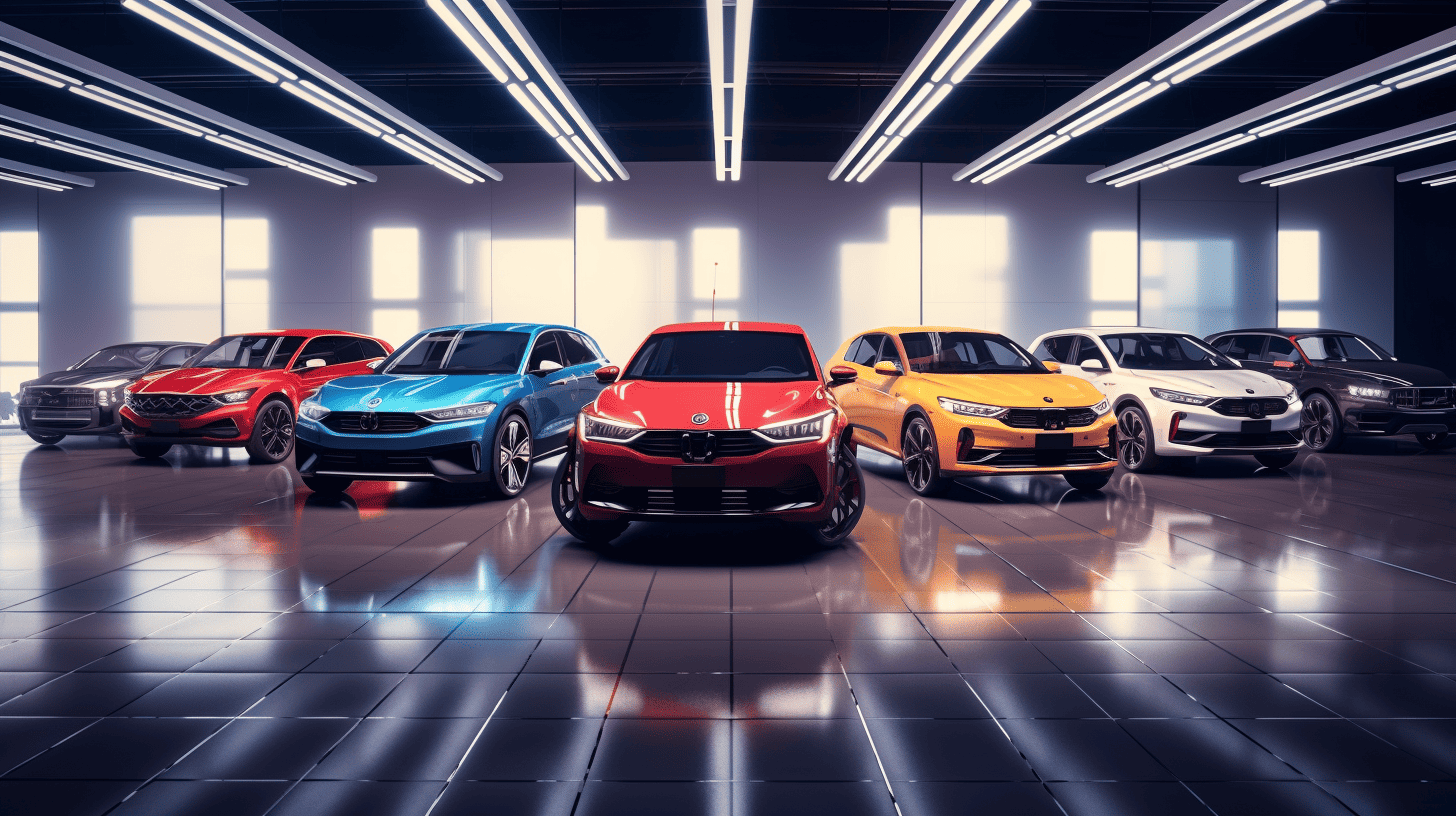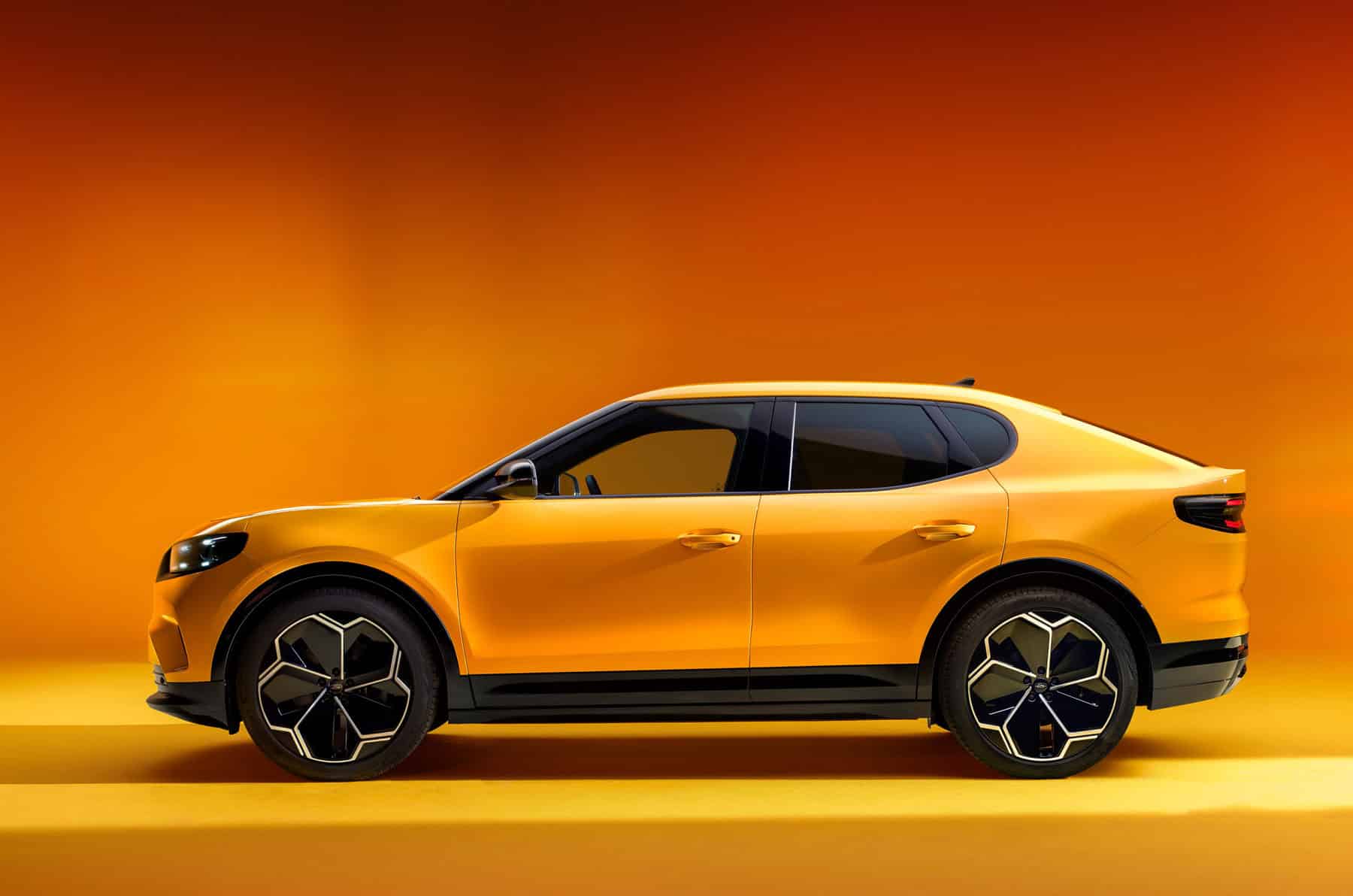
How do you build a racing car? How do you manage a team? What does it take to build and sell a car? What is the best way to do business? How does marketing work? For some time already, one could play at being the principal member of a racing team or tune up their dream race car themselves on the Playstation and X-Box. But that’s all just a game. Since 2006, the Formula Student Germany (FSG) takes place every year at Hockenheimring, and ambitious students from all over the world can show what they can do in the real world. This year from August 5th to 11th it is all about who has done the best job within the various categories.
This international design competition is organized by the Formula Student Germany e.V. under the patronage of Verein Deutscher Ingenieure (VDI – The Association of German Engineers). The rules are based on those of the US-American Formula SAE which was founded in 1981. The goal of the competition is to design and build a Formula racing car as a team. The competition is supposed to complement academic education. In addition to pure racing car construction, the focus is on presentation techniques and working economically, i.e. manufacturing costs and the drawing up of a cost and business plan. In addition, various categories such as Acceleration, Efficiency, Endurance, Skid Pads or Autocross are evaluated on the track. In the end, the winner is not the team with the fastest car, but the team with the best overall race performance, design, and financial and sales planning.

Not a game
The Formula Student is not a game, as Joe Martin one of the former participants and R&D Project Coordinator at ZF in Friedrichshafen points out. “A proper Formula Student team is a small business in its own right,” Martin writes in his blog on LinkedIn. “The team must govern themselves, find funding and manage their budgets, recruit talent, design and produce an entire vehicle, manage sponsors and suppliers and develop a long-term plan. Of course, teams execute this to different degrees of professionalism (after all, it is a competition), but the perennial favorites were “run much like small companies,” Martin stresses.
Being a part of a team requires students to learn and master all these aspects; neglecting certain areas could have long-term effects beyond the few seasons that the students are actually on the team. “Imagine all of your staff working on a 2-4 year contract and having to complement their skills and knowledge in such a short cycle of time. The team that does this well, they have some truly innovative vehicles and have been leading the league table for more than a few seasons.”
Formula Student Germany has taught him more about engineering, teamwork, project management and cars than he could ever have learned during his studies, Martin explains. It also offers “an excellent format for companies to find exactly the kind of young talents they need.”
More room for design than in the industry
Until 2009, the students built only cars with combustion engines. Meanwhile, the competition is divided into the “Formula Student Combustion” (FSC), the “Formula Student Electric” (FSE), and the “Formula Student Driverless” (FSD). In the FSE, teams must construct a purely electrically powered vehicle. The students are free to do as they like regarding direct or alternating current. And as far as the figures for engines are concerned, the maximum voltage is limited to just 600 V DC while the maximum power is limited to 80 kW.
“The competition is constantly adapting and evolving in order to meet the newest challenges in the automotive industry,” writes Joe Martin. “From purely combustion vehicles to electric, and most recently to fully autonomous race cars. Teams have more space for design than they are likely to find in any other racing series or even in industry.”
At the same time, nevertheless, they will have to deliver a complete vehicle and perform well in all categories. They should not only focus on developing the coolest, lightest brake system ever and neglect all the other areas. They would lose out on all of that performance gain in those other areas. “Beyond challenging their technical skills and engineering prowess, the competition demands that they learn how to manage themselves in a way which leads towards their overarching goal,” says Martin. ” To achieve this, the best teams have to have a better grasp of systems engineering than several other projects in automotive engineering.”

In 2019, Joe Martin will no longer be a participant but will be one of the judges in the field of design whose task is “to evaluate the quality of the engineering work behind the car and where possible give some advice,” he writes. “Secondly, to learn from the students, who often have knowledge or concepts in which they have a much deeper grasp than some judges do. But we are also there to look for future talent. And could anyone imagine a better place? Over 1,000 motivated young people, who choose to use their free time during their studies to learn about how to design, build and race their own car.” This background is invaluable to employers, he says. “I truly believe they get up to speed in their new roles faster than most and bring a set of skills which is well beyond what we normally would hope for from someone who has just completed their degree.” ZF currently has more than 150 Formula Student Alumni within the company.
Nine disciplines
The Formula Student competition is divided into a total of nine categories, three static and six dynamic. The students have to submit an eight-page technical description of their car at the start of the event. FSD teams must additionally provide a maximum five-page description of the autonomous system. The jury evaluates the layout, technical design, construction, and implementation of the production of the vehicle on this basis. The teams then have to explain the technical details of their constructions and the reasons for their chosen design to the judges. The evaluation is based on the quality of the technical solution in question and the reasons behind it.
The second static category is a cost analysis, which the teams must prepare themselves, including the calculative size of the vehicle, its components, and the requisite manufacturing steps. In addition, the students are questioned once more about the expenditure report of their prototype. Next, the teams must present their business plan for the prototype to a fictitious company which is represented by judges. The participants must demonstrate why their design best meets the requirements of their target group and how it can successfully be marketed.
The dynamic categories start with the evaluation of the acceleration of the vehicle from a standing start across a 75 meter track. In addition to traction, it is the right engine design that matters in terms of greater power or the highest possible torque. During the Skid Pad event, the cars have to drive two 8-figured laps on a course marked with pylons without knocking them over. The lap time for the second lap gives a comparative value for the maximum possible lateral acceleration of the vehicle.
Highlight Endurance Race
In the autocross event, the FSC and FSE vehicles go on a one-kilometer stretch with straights, curves, and chicanes. The FSD vehicles go a distance of 500 meters. The faster the lap time is, the better the driving dynamics are, and the handling, acceleration and braking ability of the car. The rankings of the autocross event determine the starting positions for the subsequent endurance competition.
In this endurance competition (FSC and FSE only), the cars have to prove their reliability over 22 kilometers. This competition is also about acceleration, speed, handling, dynamics, and fuel consumption. The so-called Track Drive is the endurance competition for FSD cars, which have to prove their durability under lengthier conditions over ten laps.
During these endurance competitions, fuel and energy consumption are also recorded, however, not in absolute terms but relative to speed. This is to prevent teams from driving particularly slowly in order to score as highly as possible in the efficiency category. At the end of the competition, the team with the highest score out of the possible total score of 1,000 points wins.
Besides Formula SAE and Formula Student Germany, Formula Student also exists in Australia, Japan, Brazil, Great Britain, Italy, and Austria.








